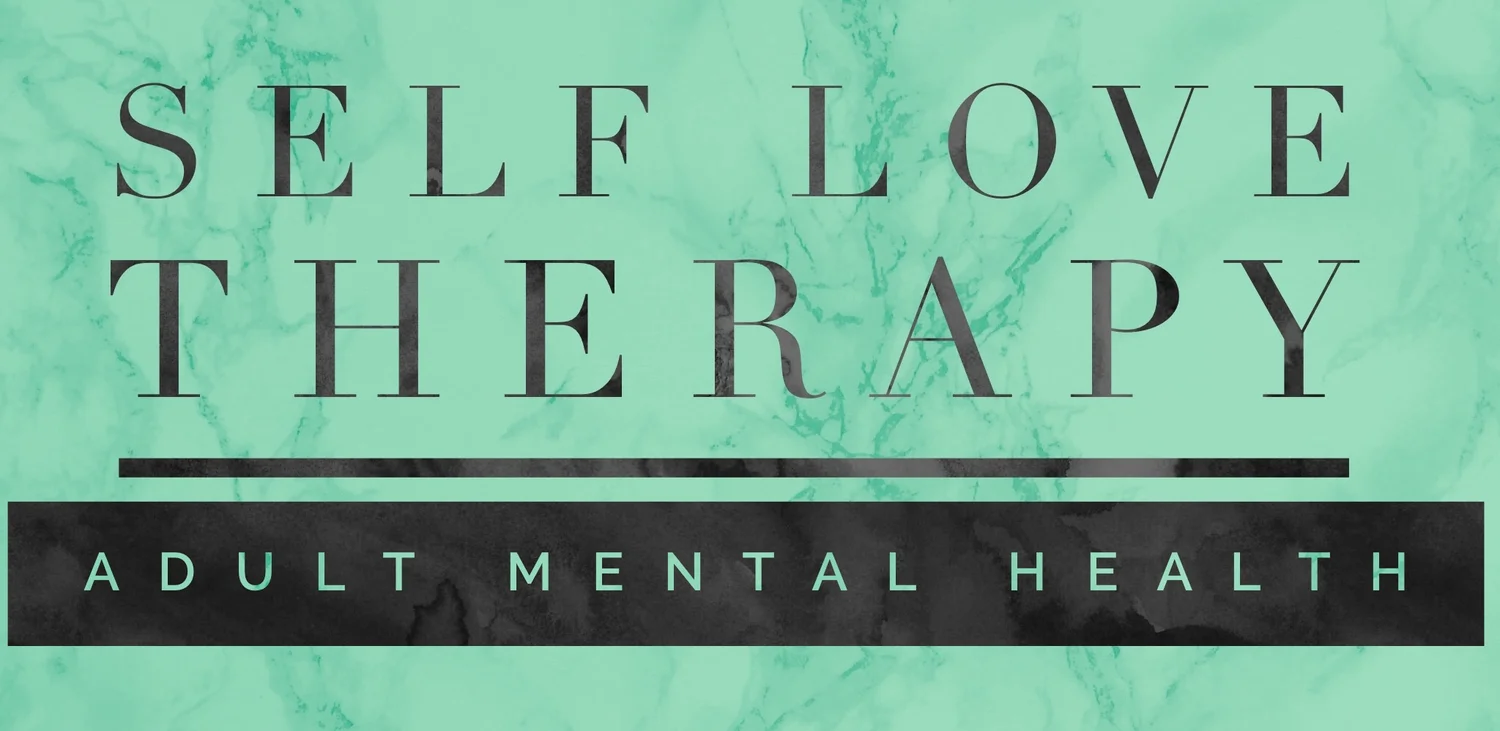Avoiding a toxic relationship is much simpler than leaving one. We are naturally drawn to nourish our dependency needs by emotional bonding through skin and eye contact. This need can make anyone overlook the "too much" in relationships with one’s boyfriend, girlfriend, mom, dad, brother, sister, grandparent, uncle, aunt, cousin, husband, wife, adult child, friend, in-laws, pastor, boss, co-worker, mentor or any other title.
The threat lies in bonding with people whose prior histories and personalities make them ripe for spewing the venom of their incurable – or at least untreated – mental illnesses. In this post, you are encouraged to scan your relationships for the following 4 patterns that represent a rising intensity of toxicity in relationships with 20 associated examples.
1. The fast-moving pattern
People who seem “too good to be true” likely are. The pace for developing emotional intimacy is important because the desire to care and be cared for can speed up our seeking for attachments. A fast moving relationship is a red flagged pattern as it can be used as a tool to hook you emotionally before the cracks in one’s mask begin to show. When one’s love is real, they won’t insist on meeting up every other – if not every – day. They’ll take their time to get to know you, rather than pushing you for a commitment. It’s not healthy to be begged for your time.
2. The meaning-confused pattern
When in this type of relationship, your search for genuine respect and love is met by something seemingly similar but ultimately depleting. There is a fine but firm line between experiencing chaos and passion; finding yourself infatuated and or feeling love; and receiving apologies while needing empathy. The intensity is the compelling but destructive force in these relationships. Narcissists and sociopaths, for example, do not enter or stay in relationships for love. They are there simply to have specific needs met. You’re entrenched in it and completely confused at the end.
Illustration by Nasim Golkar
3. The never-winning pattern
The masters of manipulation use unfair tactics in arguments that shift the focus from the topic at hand to you. If they commit a wrongdoing, you will unexpectedly find the talk turned around on your own “sensitivity” or “jealousy”. If they do something hurtful, it’ll be followed by emotional descriptions of their own hurtful past, so you end up feeling bad for them not realizing how your own hurt feeling remained unnoticed. The purpose is the same: to control the dialogue and ensure that one’s bad behavior is never addressed.
4. The “gaslighting” pattern
The most manipulative relationship pattern that often exists in relationship with narcissists and sociopaths is gaslighting – a tactic of manipulation used to obstruct and distort their victim’s understanding of reality. As a victim, you feel crushed and minimized, constantly second-guessing yourself wondering whether you’re going crazy. So much like rewriting history when used, gaslighting involves blatantly denying that the event ever took place by first provoking negative feelings in their victims, then rejecting the victim’s genuine concerns by labeling him or her with labels like “crazy”, “bipolar”, and “sensitive”. Gaslighting fails to manipulate healthy individuals because feelings of insanity and states of chaos must first be produced.
Here are some examples of reported abusive tendencies to me in my work as a therapist:
1. Telling the victim “You can’t ever do anything right”
2. Getting jealous of victim’s friends, family, time spent away
3. Laying blame on victim for cheating
4. Shaming or embarrassing the victim with put-downs
5. Micro-managing every penny spent in the household
6. Refusing to give money for expenses
7. Looking at or acting in ways that scare the person they’re abusing
8. Controlling where the victim goes, who they see and what they do
9. Dictating how the victim dresses or wears their hair
10. Stalking the victim
11. Preventing the victim from making their own decisions
12. Telling the victim they are a bad parent
13. Controlling the victim’s emails and social media accounts
14. Intimidating the victim with weapons
15. Pressuring the victim to have sex when they don’t want to
16. Pressuring the victim to do things sexually they’re not comfortable with
17. Forcing sex with others
18. Refusing to use protection when having sex
19. Pressuring for forcing the victim to use alcohol or drugs
20. Sabotaging the victim’s performance at school or work by keeping them up all night
Toxicity of relational nature impacts many people. As abusers’ circle of influence – and therefore destruction – is sadly widespread, the best revenge is expressing indifference – not giving a shit! Getting un-stuck from draining relationships is not usually easy and for some, requires the support of a competent mental health professional to learn to forgive oneself for counting on the disloyal, trusting the deceitful and loving the unlovable.




